Home>Furniture>How Long Does It Take For A Lava Lamp To Work?
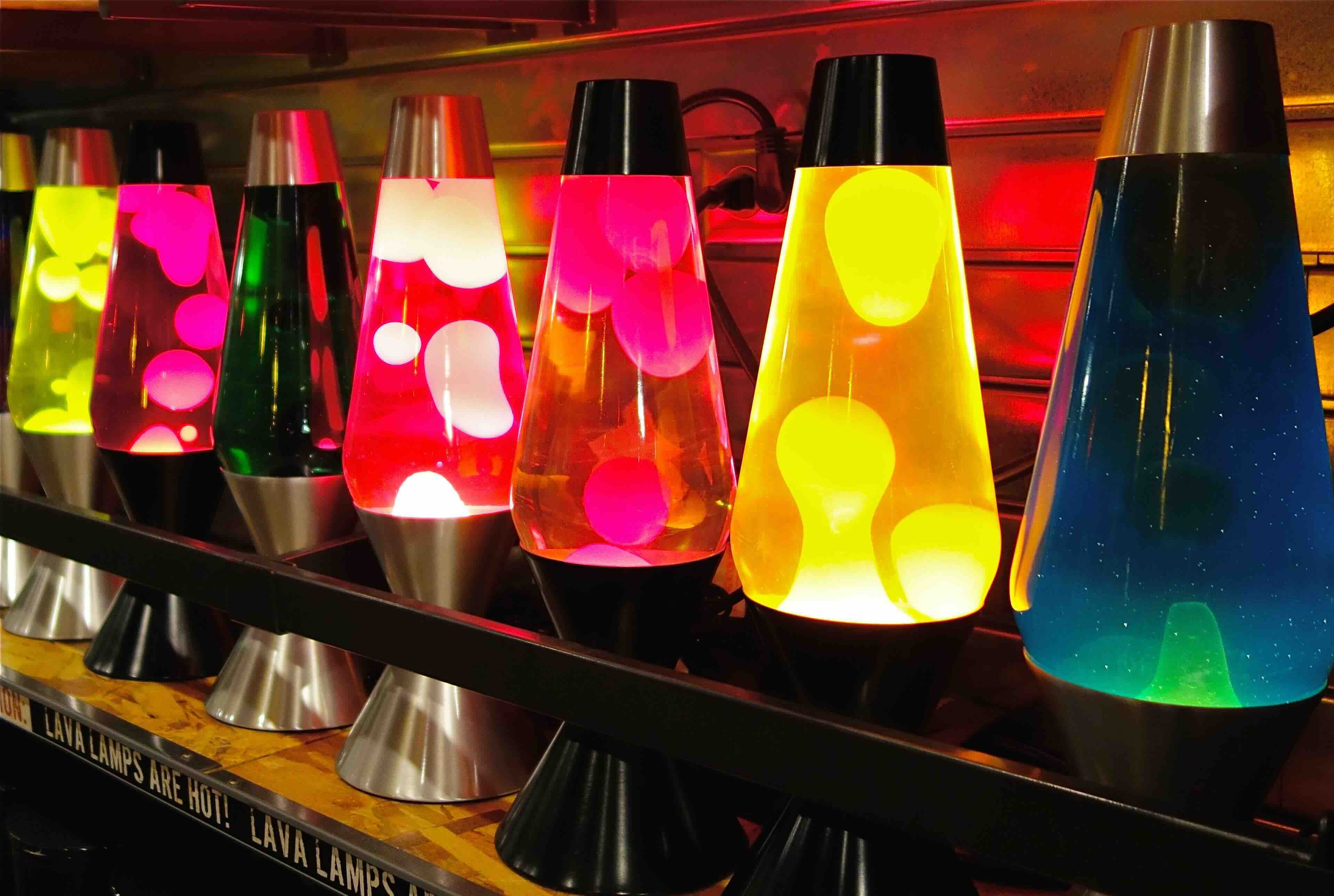

Furniture
How Long Does It Take For A Lava Lamp To Work?
Modified: August 23, 2024
Find out how long it takes for a lava lamp to work and enhance your furniture with this stylish and mesmerizing lighting accessory.
(Many of the links in this article redirect to a specific reviewed product. Your purchase of these products through affiliate links helps to generate commission for Storables.com, at no extra cost. Learn more)
Introduction
Welcome to the fascinating world of lava lamps! These mesmerizing decor pieces have been capturing the attention of people for decades with their unique blend of colorful liquid and floating wax blobs. If you’ve ever owned a lava lamp or are considering getting one, you may have wondered, “How long does it take for a lava lamp to work?” The answer to that question depends on various factors, and in this article, we’ll delve into the mechanics of lava lamps and explore the factors that affect their functioning time. So sit back, relax, and prepare to discover the magic behind these iconic retro creations.
Key Takeaways:
- Lava lamps typically take 1 to 3 hours to start working, influenced by factors like room temperature, bulb wattage, and initial setup. Patience and optimal conditions are key to enjoying their mesmerizing flow.
- To speed up a lava lamp’s start-up time, ensure room temperature, use a higher wattage bulb, and position the lamp properly. Quality lava lamps and regular cleaning can also optimize their performance and visual appeal.
Background of Lava Lamps
Lava lamps have an interesting history that dates back to the 1960s when they gained immense popularity as a symbol of counterculture and psychedelic art. The original lava lamp, or “Astro Lamp” as it was called, was invented by Edward Craven Walker in 1963. Walker was inspired by an odd-looking egg timer he stumbled upon while on a holiday in a pub. Intrigued by the unique motion and aesthetics of the device, he decided to create a similar concept using a combination of wax and liquid.
Walker patented his invention and founded the Crestworth Company, which later became Mathmos, one of the leading manufacturers of lava lamps today. The early lava lamps featured a glass vessel filled with a heat-resistant liquid, usually water or a type of oil, and contained a combination of paraffin wax and carbon tetrachloride. The lamp was heated by a bulb underneath, causing the wax to melt and rise to the top, creating mesmerizing formations as it cooled and descended back down.
Over the years, the design and construction of lava lamps have evolved, incorporating different materials, colors, and shapes. Today, lava lamps come in various sizes, including miniature versions for desktops and large statement pieces for living spaces.
With their distinctive retro appeal, lava lamps have withstood the test of time and continue to be popular among collectors, enthusiasts, and those looking to add a touch of nostalgia to their home decor.
How Lava Lamps Work
Understanding how lava lamps work requires knowledge of a few key components: the heat source, the liquid, and the wax. The process begins when you turn on the lamp, activating the bulb underneath the glass vessel.
The heat source, typically an incandescent bulb, radiates heat towards the bottom of the glass vessel. As the bulb heats up, it transfers thermal energy to the liquid inside, raising its temperature.
The liquid in a lava lamp is usually a mixture of water and an oil-based solvent such as mineral oil or a proprietary blend. It is important to note that the liquid and wax in lava lamps have different densities. The liquid is denser than the wax when both are at room temperature.
The wax used in a lava lamp is a blend of paraffin wax, microcrystalline wax, or beeswax. The wax is solid at room temperature but begins to melt as it absorbs the heat from the liquid. As the wax heats up, it becomes less dense than the liquid, causing it to rise to the top of the vessel.
Once at the top, the wax cools down, re-solidifies, and becomes denser than the liquid. As a result, it gradually descends back towards the bottom of the lamp. This repetitive process creates the fascinating flowing and swirling patterns that are characteristic of lava lamps.
The motion of the wax blobs is influenced by factors such as the density of the wax, the density and viscosity of the liquid, and the temperature of the heat source. These factors determine the speed at which the wax rises and falls and the overall visual effect created by the lamp.
It is important to note that lava lamps are not meant to be shaken or moved while they are in operation. Doing so can disrupt the natural flow of the wax and temporarily affect the functioning of the lamp. It is best to let the lamp sit undisturbed and enjoy the mesmerizing display it offers.
Factors Affecting the Time for a Lava Lamp to Start Working
The time it takes for a lava lamp to start working can vary depending on several factors. Let’s explore these factors to understand the variables that impact the functioning time of a lava lamp.
- Room Temperature: The ambient temperature of the room plays a significant role in how quickly a lava lamp starts working. Lava lamps are designed to operate optimally within a specific temperature range. If the room is too cold, it may take longer for the heat from the bulb to warm up the liquid and wax, resulting in a slower start-up time. On the other hand, if the room is too hot, the wax may become too liquid and lose its characteristic blob-forming ability.
- Bulb Wattage: The wattage of the bulb used in the lava lamp can affect the time it takes for the lamp to start working. A higher wattage bulb will generate more heat, resulting in a faster heating process and a quicker start-up time for the lamp. However, it is essential to use a bulb with the wattage recommended by the manufacturer to prevent overheating the lamp or causing damage.
- Quality of Wax and Liquid: The quality and composition of the wax and liquid mixture in a lava lamp can determine how efficiently the lamp functions. Higher-quality wax and liquid blends tend to have better flow properties, allowing the wax to rise and fall smoothly. Cheaper or subpar ingredients may result in slower or uneven movement of the wax, delaying the start-up time.
- Initial Setup: When setting up a lava lamp for the first time or after it has been moved, it may take longer to start working. This is because the wax and liquid need to redistribute and find their equilibrium within the lamp. It is recommended to let the lamp sit undisturbed for a few hours after initial setup to allow the wax to settle and begin its mesmerizing dance.
- Lamp Size: The size of the lava lamp can impact the start-up time as well. Larger lava lamps typically require more time to heat up and get the wax flowing compared to smaller ones. If you own a larger lava lamp, be patient and give it some time to reach its full operational state.
Overall, the time it takes for a lava lamp to start working can range from 1 to 3 hours, depending on the aforementioned factors. It is important to remember that each lava lamp is unique, and slight variations in start-up times are normal.
Now that we understand the factors that influence the functioning time of a lava lamp, let’s delve into the estimated time it typically takes for a lava lamp to start working in the next section.
The time it takes for a lava lamp to start working can vary, but typically it takes around 1-2 hours for the wax to heat up and start flowing. Be patient and give it some time to warm up before expecting full movement.
Estimated Time for a Lava Lamp to Start Working
While the exact time it takes for a lava lamp to start working can vary depending on the factors mentioned earlier, there is a general range of estimated times that you can expect. Typically, a lava lamp will take around 1 to 3 hours to fully heat up and begin its mesmerizing flow.
During the initial setup or after the lamp has been moved, it is recommended to let it sit undisturbed for at least 1 hour before expecting to see significant movement. This allows the wax and liquid to redistribute and reach a stable temperature.
As the lamp begins to warm up, you may notice small, slow-moving blobs starting to form and float. Over time, these blobs will increase in size and speed, creating the classic lava lamp effect that we all love. The wax blobs will rise to the top, flow around, and then descend back down in a continuous cycle of movement.
It is important to be patient while waiting for your lava lamp to start working. Allow it ample time to reach its optimal operating temperature and for the right flow patterns to develop. Trying to rush the process by shaking or moving the lamp can disrupt the formation of the blobs and delay the start-up time even further.
If, after a few hours, your lava lamp still doesn’t seem to be flowing properly, double-check that the bulb is working correctly and that the lamp is positioned on a stable and level surface. Sometimes, a minor adjustment or troubleshooting step can help get the lamp back on track.
Remember, the joy of a lava lamp comes from its gradual and mesmerizing movement. Take the time to sit back, relax, and enjoy the soothing and hypnotic display. It’s worth the wait!
Keep in mind that these estimated times for a lava lamp to start working are general guidelines, and variations may occur depending on the specific lamp and the unique combinations of factors influencing its operation. Patience is key when it comes to enjoying the full beauty and charm of your lava lamp.
Read more: How Does A Homemade Lava Lamp Work?
Tips to Make a Lava Lamp Work Faster
If you’re eager to see your lava lamp start working more quickly, there are a few tips you can try to help speed up the process. While these methods may not guarantee an instant result, they can help optimize the conditions for your lava lamp to begin its mesmerizing flow sooner. Here are some tips to make a lava lamp work faster:
- Ensure Room Temperature: Make sure the room where the lava lamp is placed is at a comfortable temperature. Ideally, the room should be around 70 to 75 degrees Fahrenheit (21 to 24 degrees Celsius). Lower temperatures can delay the heating process, while higher temperatures can cause the wax to become too liquid and affect the flow patterns.
- Use a Higher Wattage Bulb: Consider using a slightly higher wattage bulb than the one recommended by the manufacturer. This can provide a bit more heat to the lamp, helping the wax and liquid reach the desired temperature more quickly. However, be cautious not to exceed the maximum recommended wattage to avoid overheating the lamp.
- Properly Position the Lamp: Ensure that the lamp is positioned on a stable and level surface. This helps distribute the heat evenly and ensures proper functioning. If the lamp is tilted or off-balance, the wax may not flow smoothly, resulting in a slower start-up time.
- Warm the Lamp: If you want to speed up the process, you can gently warm the base or bottom of the lamp before turning it on. You can use a hairdryer on low heat or place the lamp near a heating vent for a short period. Just be cautious not to apply excessive heat, as this can damage the lamp.
- Clean the Lamp: Over time, a lava lamp can accumulate residue or dust on the glass, which can affect its heat conductivity and slow down the heating process. Regularly clean the glass vessel, base, and bulb to maintain optimal performance. Follow the manufacturer’s instructions for appropriate cleaning methods.
- Choose Quality Lava Lamps: Investing in a high-quality lava lamp from a reputable manufacturer can ensure smoother functioning and faster start-up times. Look for lava lamps that use high-quality wax and liquid blends and have positive customer reviews regarding their performance.
While these tips can potentially hasten the start-up time of a lava lamp, it is important to remember that each lamp is unique and reacts differently to various environments. In some cases, it may simply take a bit more time for the wax to warm up and for proper flow patterns to develop.
With these tips in mind, you can create the optimal conditions to help accelerate the start-up time of your lava lamp and enjoy its mesmerizing display more quickly.
Conclusion
Lava lamps are not only decorative pieces but also captivating sources of relaxation and nostalgia. Understanding the factors that affect the start-up time of a lava lamp can help set proper expectations and optimize its functioning. Although the exact start-up time can vary, typically, a lava lamp takes around 1 to 3 hours to reach its full flow and visual appeal.
Factors such as room temperature, bulb wattage, quality of the wax and liquid, initial setup, and lamp size can all influence how quickly a lava lamp starts working. By ensuring the room temperature is within the optimal range and using the recommended bulb wattage, you can create the ideal conditions for your lava lamp to heat up efficiently.
Patience is key when waiting for a lava lamp to start working, as they have their own unique rhythm and flow. It’s important to remember that shaking or moving the lamp during the start-up process can disrupt the formation of the wax blobs and slow down the flow further.
If you’re eager to see your lava lamp start working faster, you can try simple tips like warming the lamp, using a higher wattage bulb (within the manufacturer’s recommendations), ensuring proper positioning, and keeping the lamp clean. These steps may help accelerate the start-up time, but remember that each lamp is different, and variations can occur.
Whether you’re adding a lava lamp to your home decor or reminiscing about the retro era, the beauty and charm of these mesmerizing devices are undeniable. So sit back, unwind, and appreciate the soothing flow of wax and liquid as your lava lamp creates a tranquil atmosphere in any room.
Now that you have a better understanding of how lava lamps work and the factors that influence their start-up time, you can fully appreciate and enjoy the captivating aesthetics they offer. So, embrace the enchanting allure of your lava lamp and let it transport you to a world of mesmerizing motion and relaxation.
Frequently Asked Questions about How Long Does It Take For A Lava Lamp To Work?
Was this page helpful?
At Storables.com, we guarantee accurate and reliable information. Our content, validated by Expert Board Contributors, is crafted following stringent Editorial Policies. We're committed to providing you with well-researched, expert-backed insights for all your informational needs.
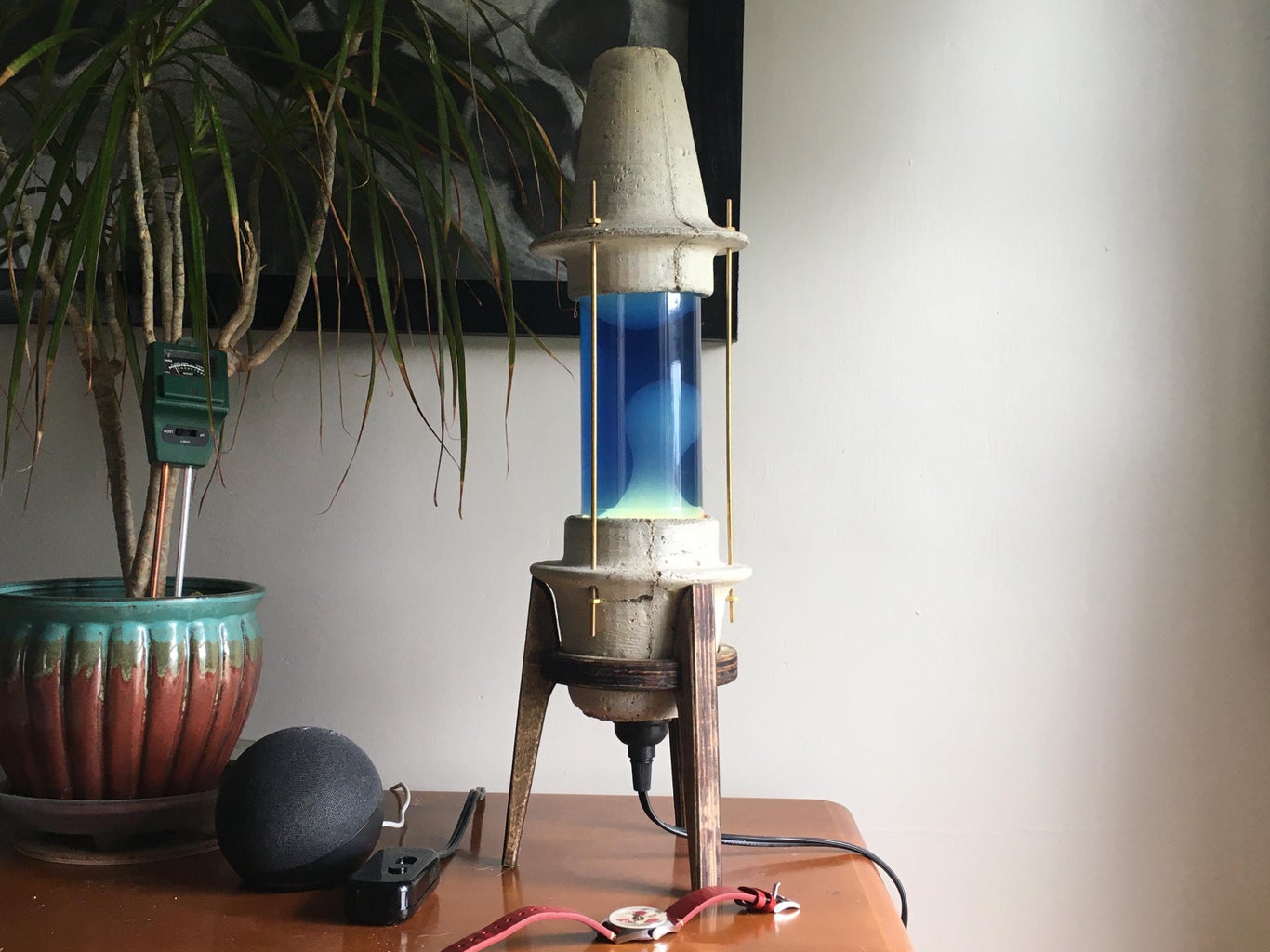
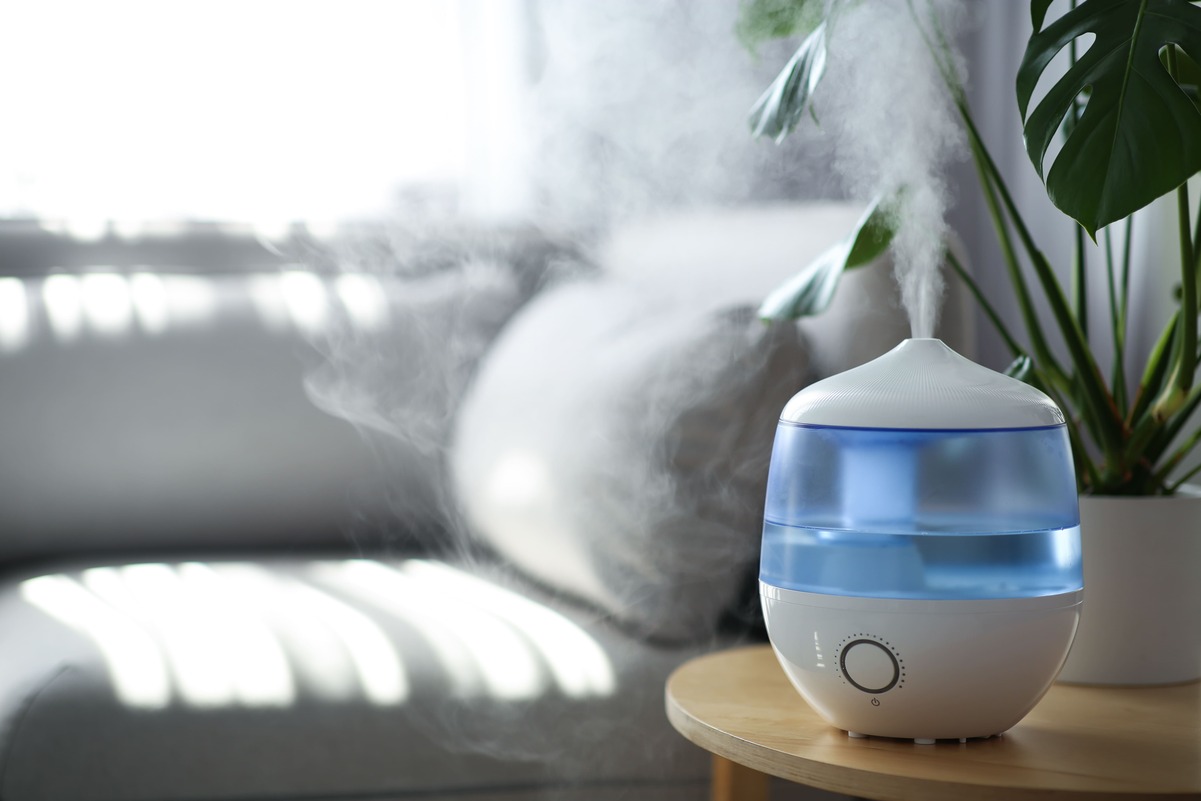
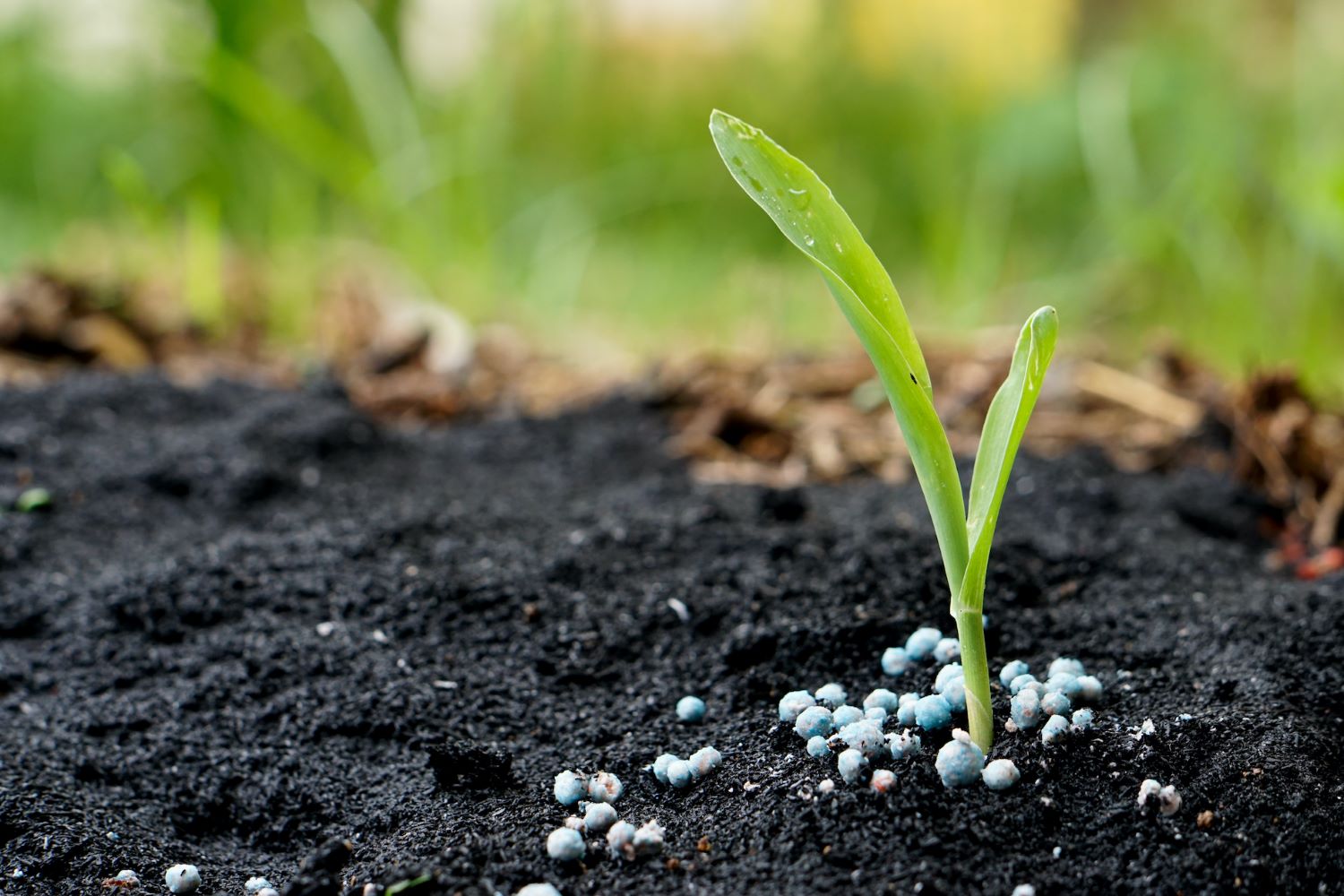
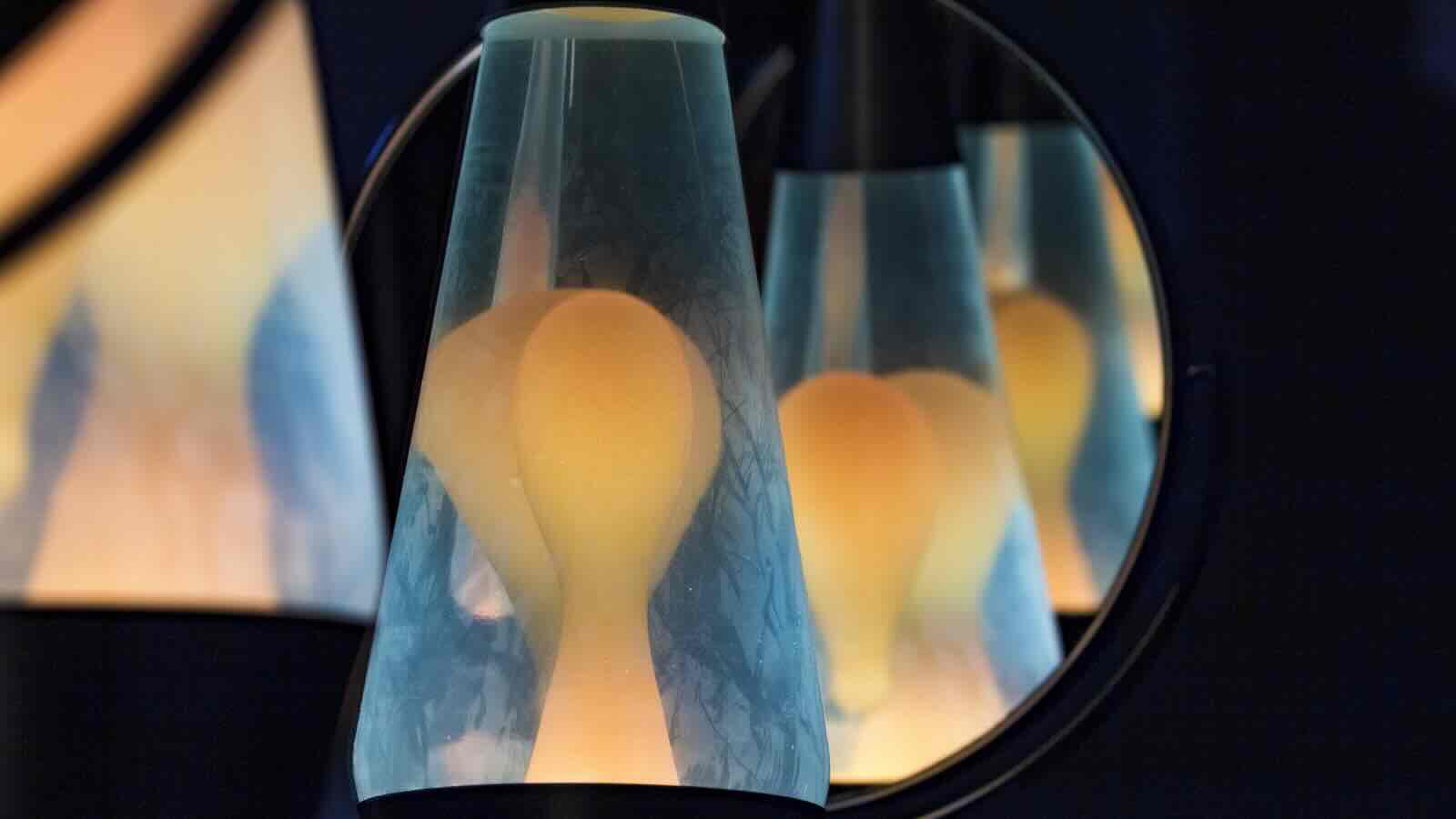
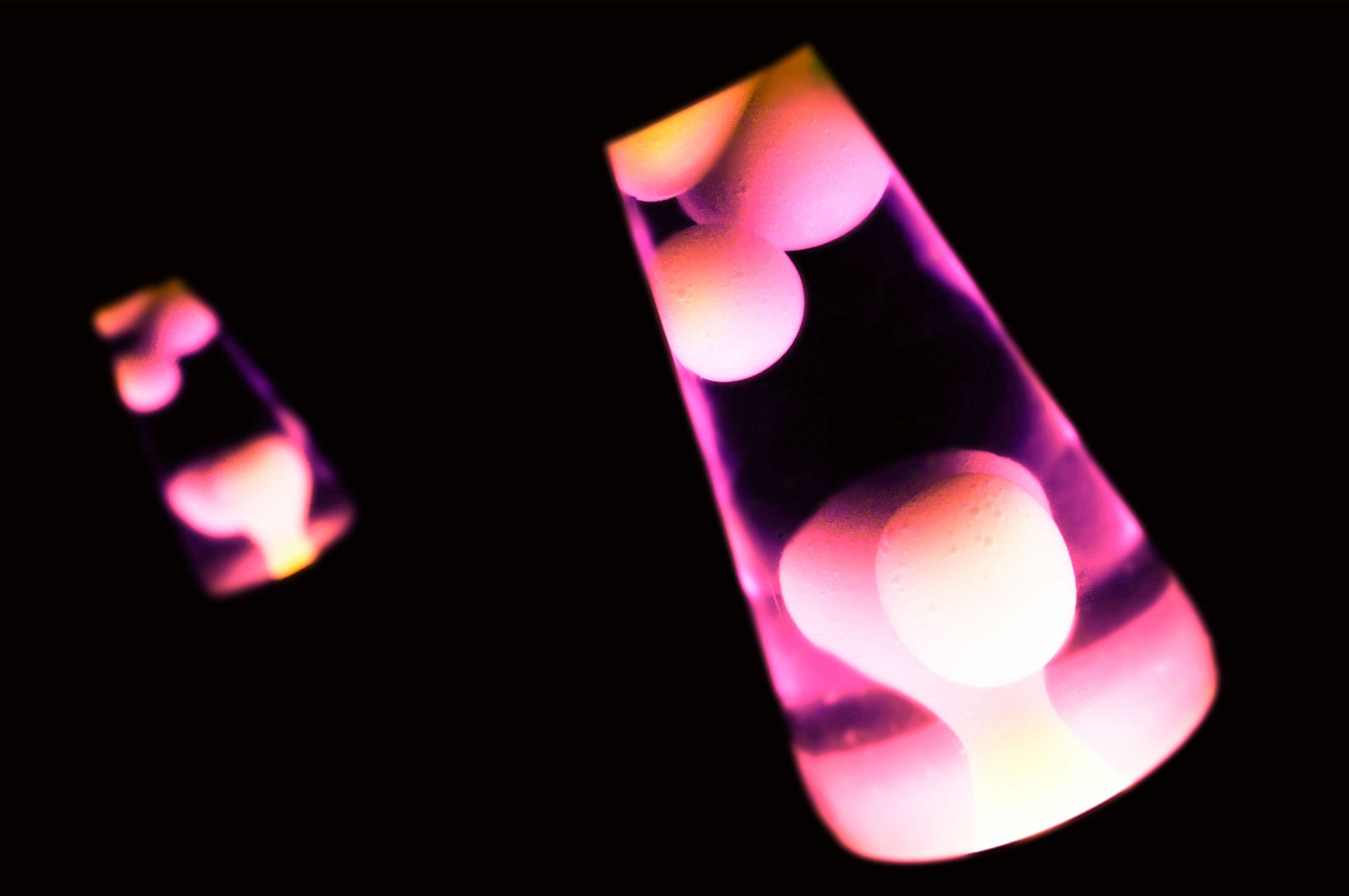
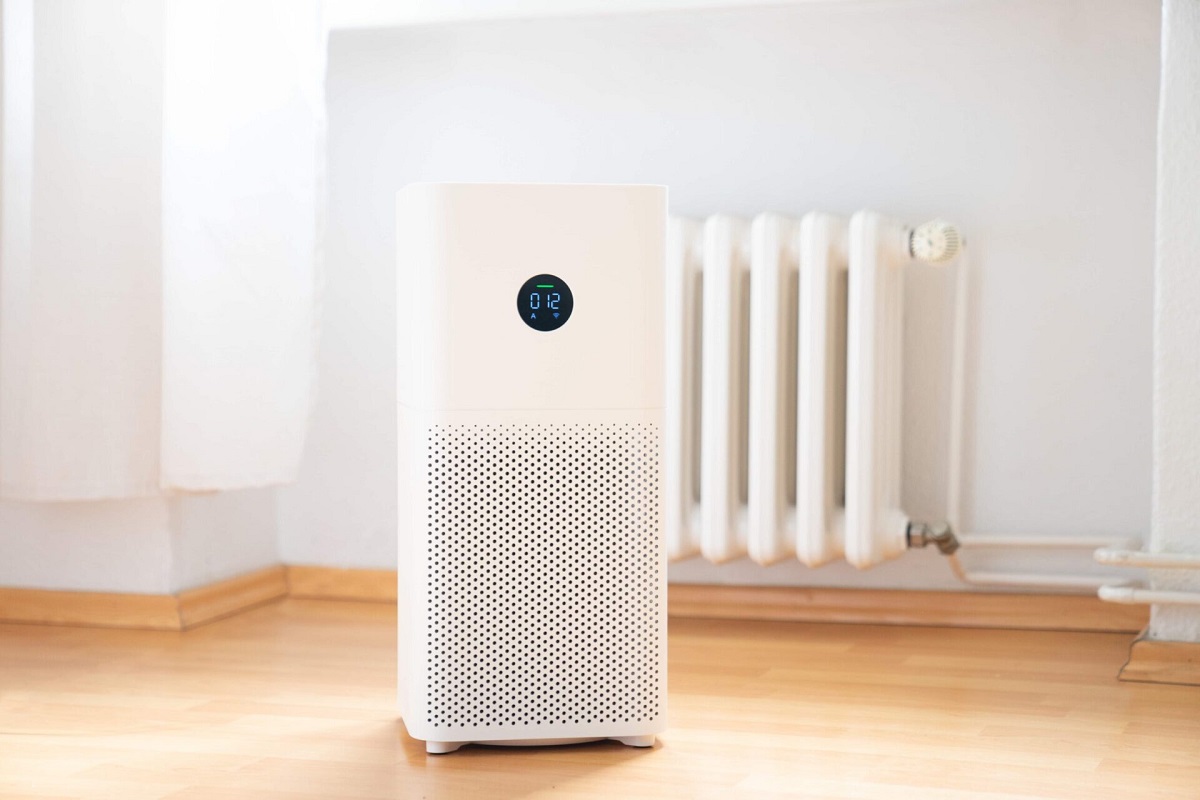
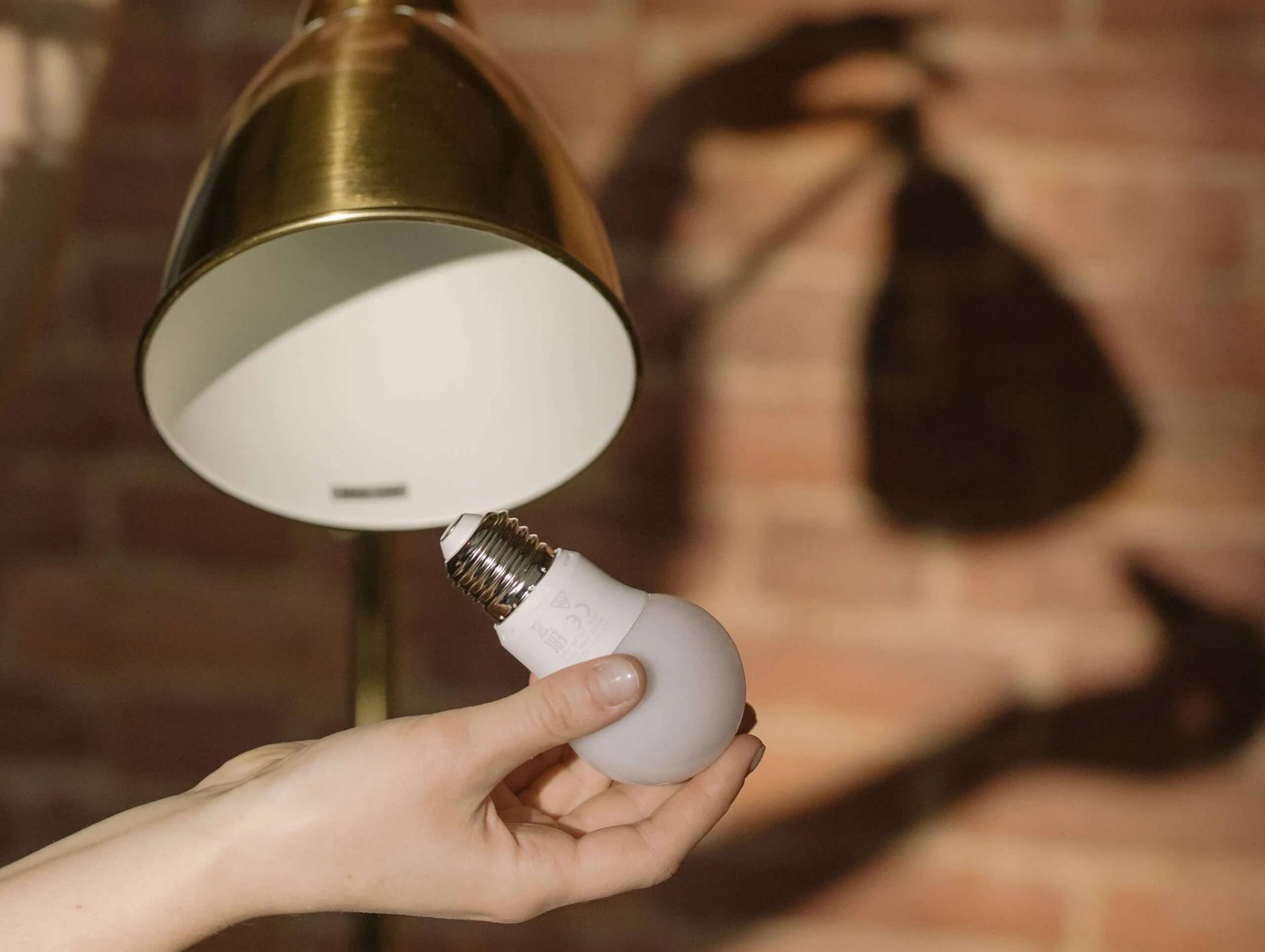
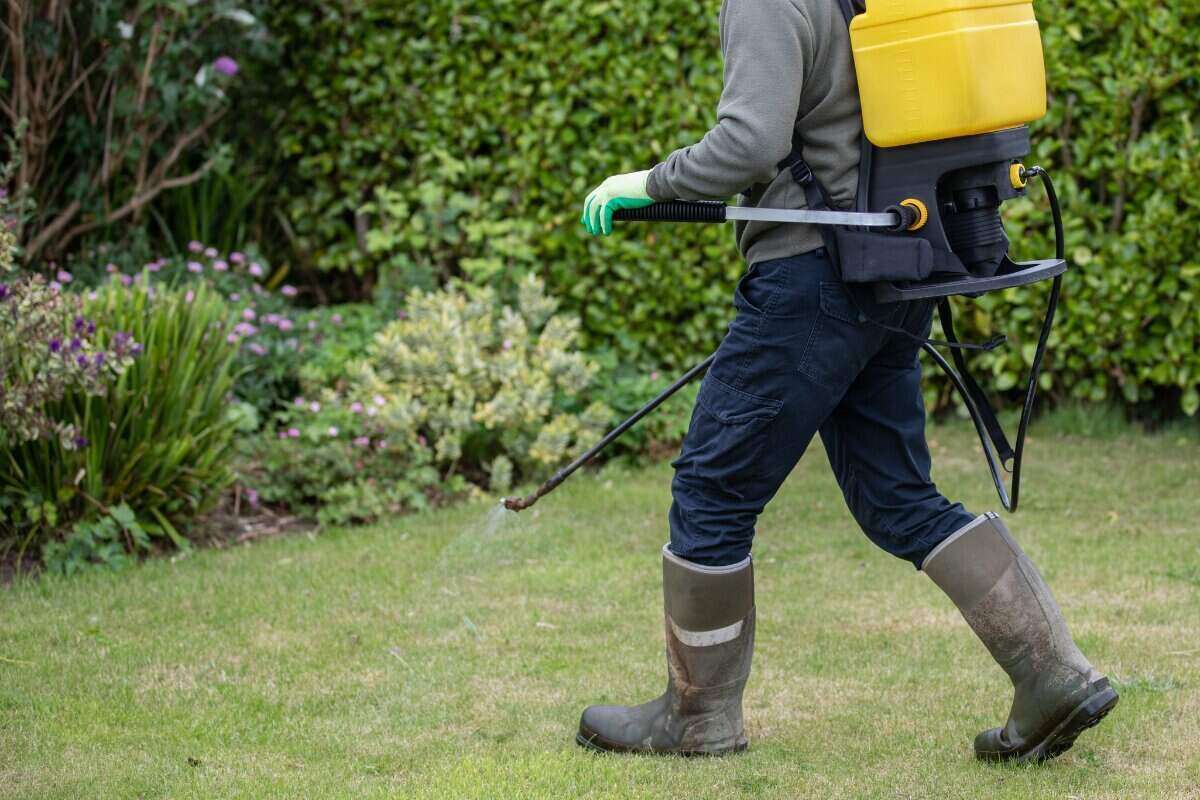
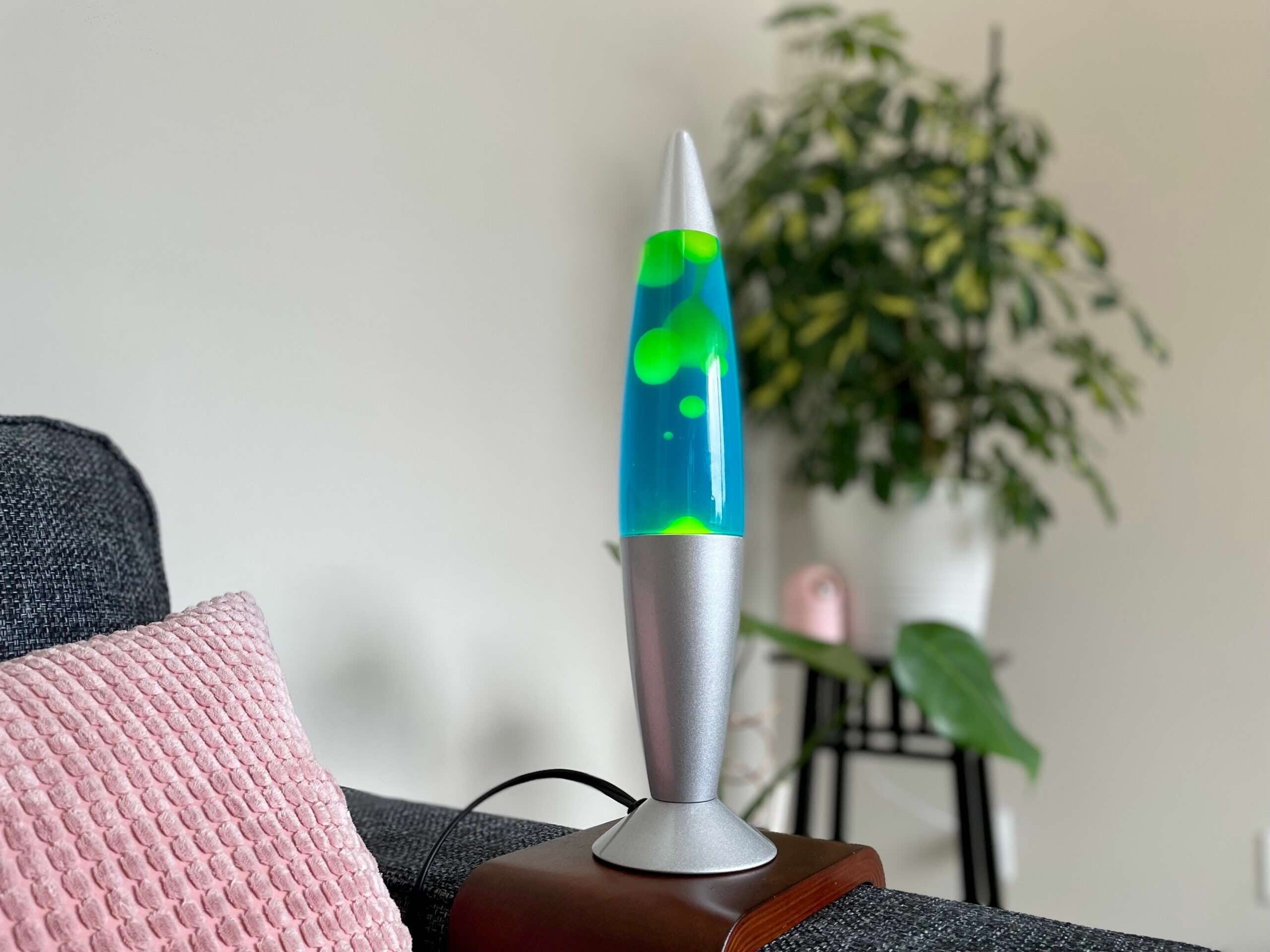
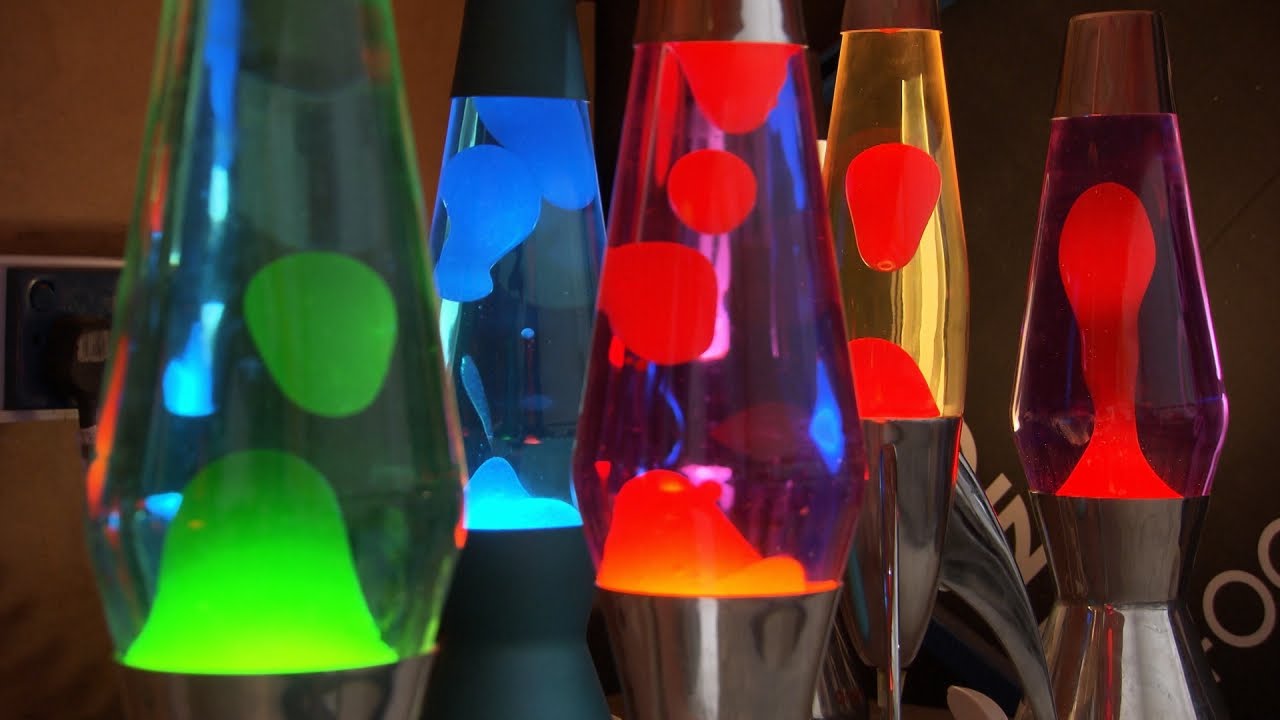
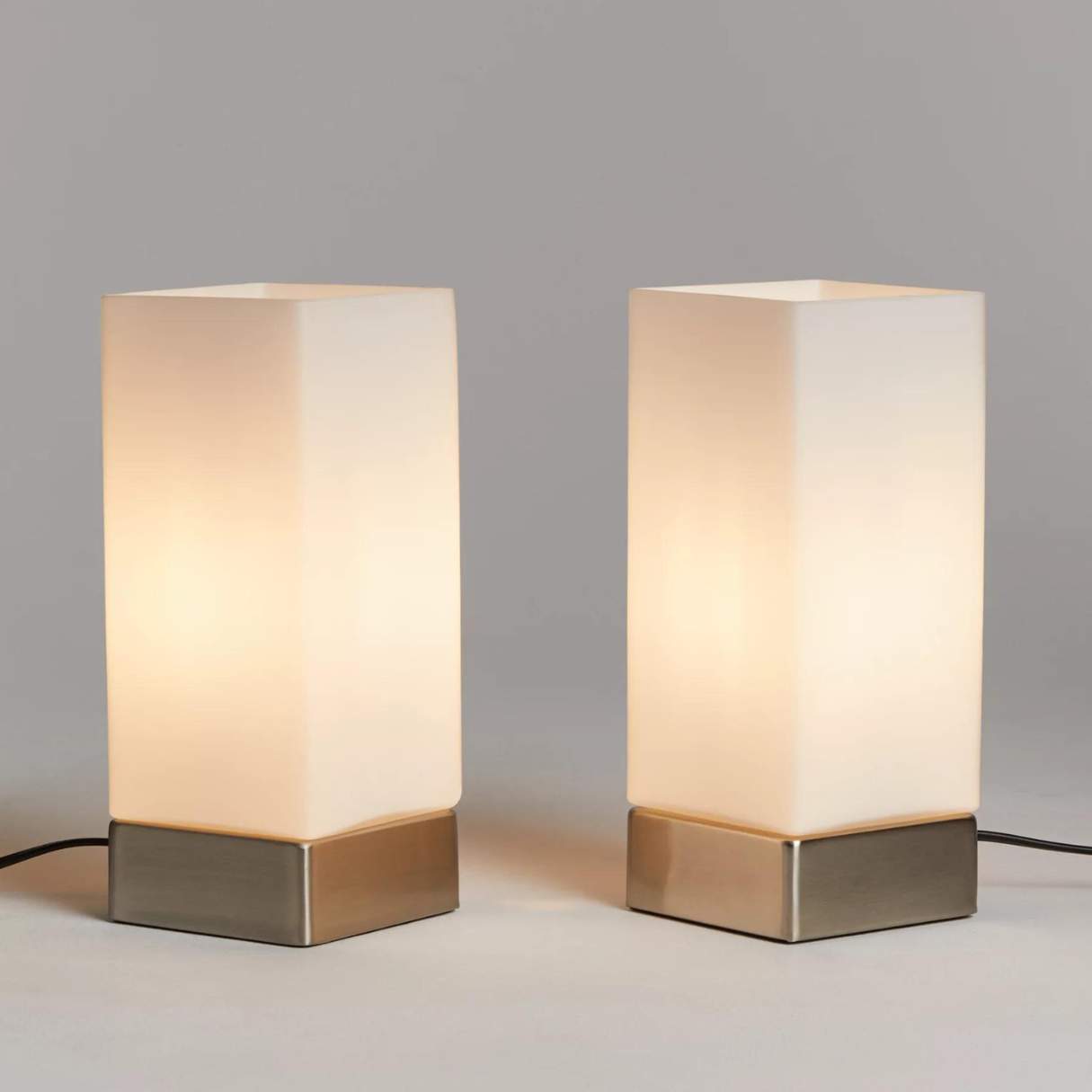
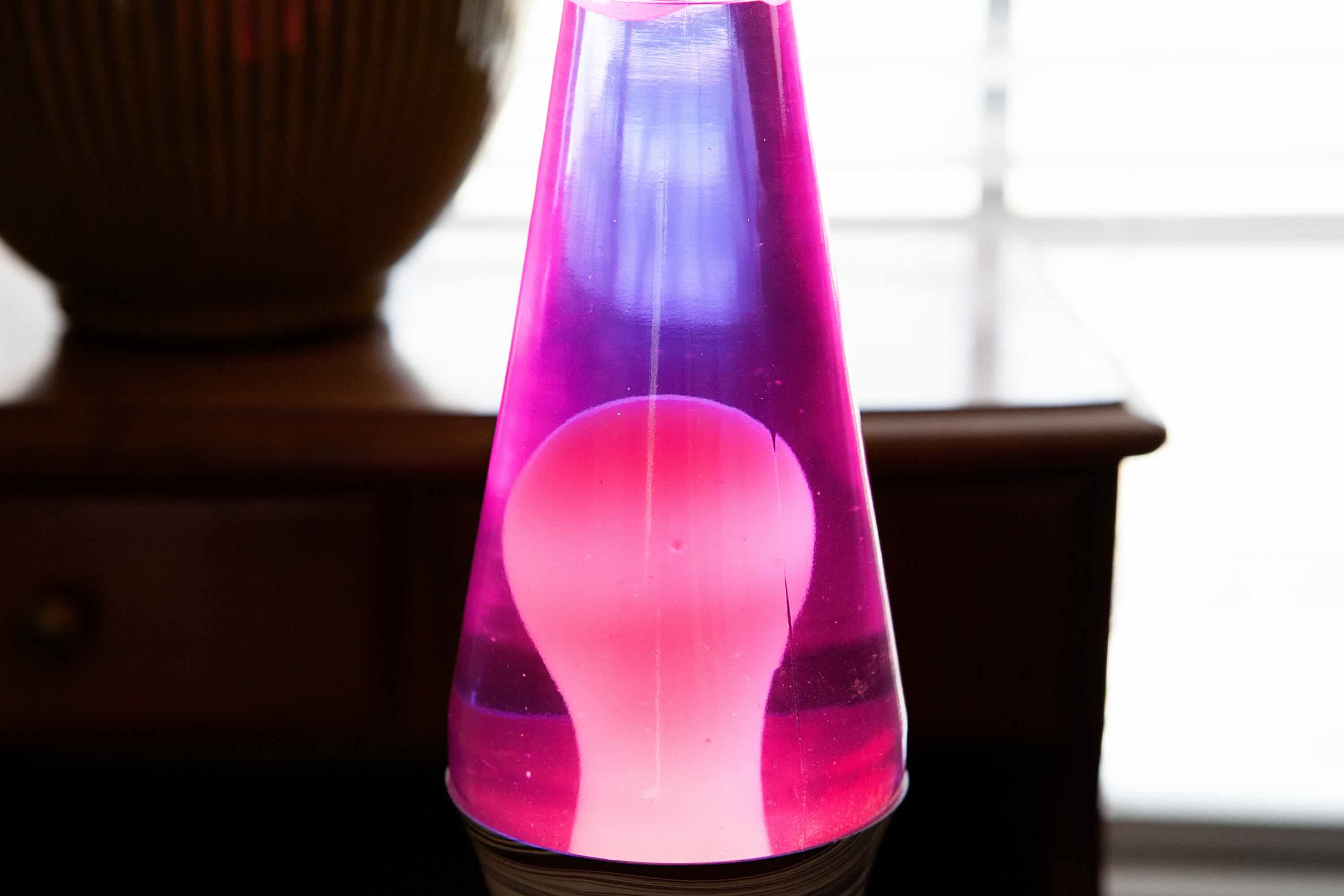
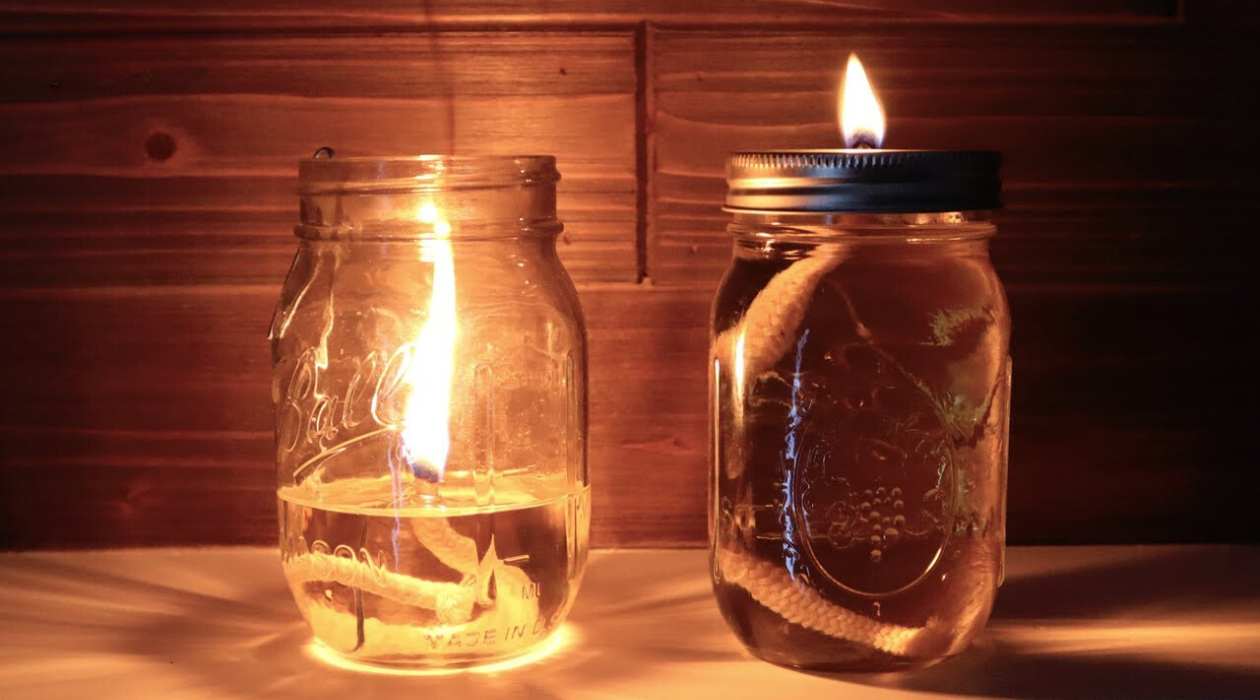
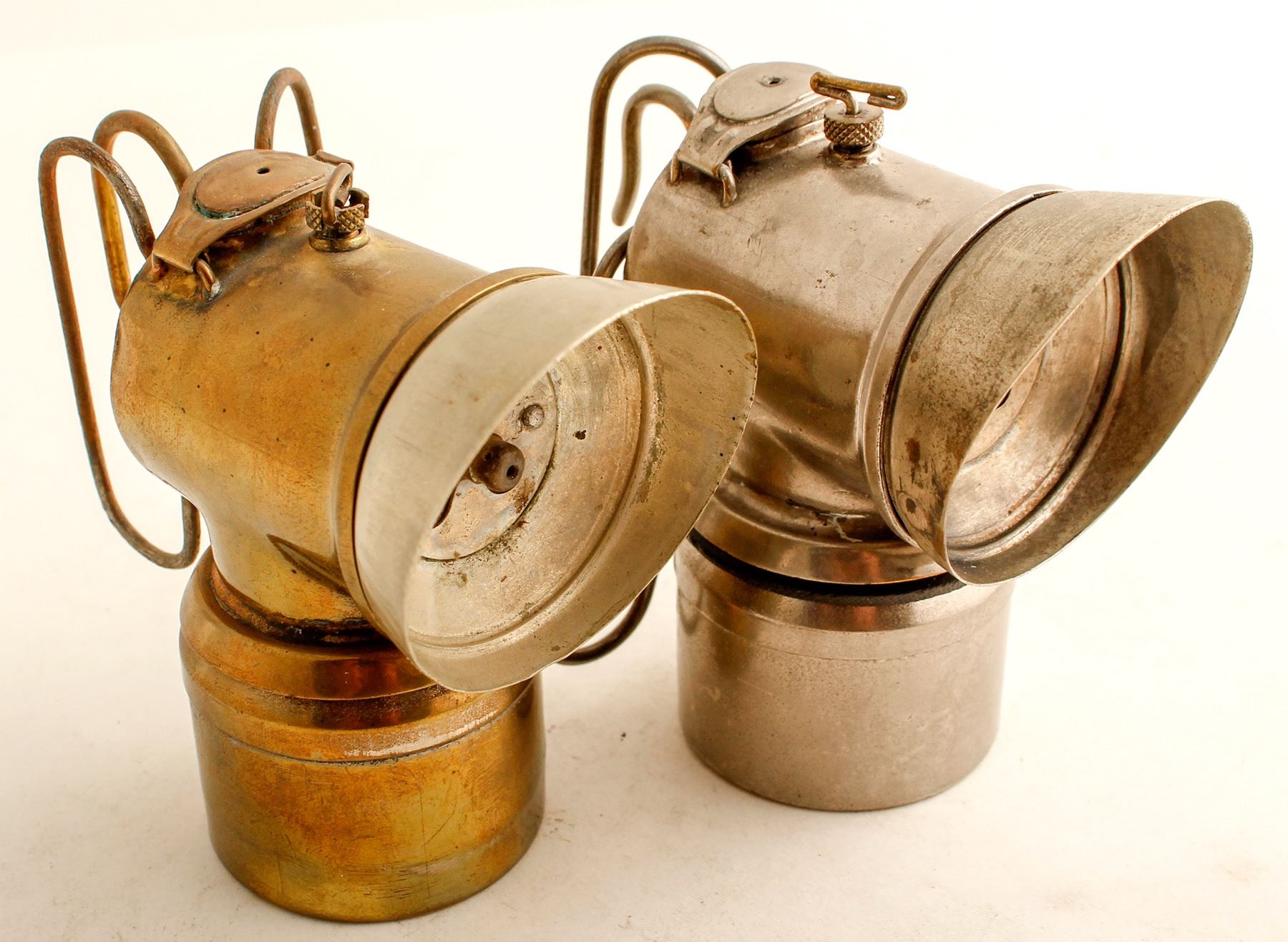

0 thoughts on “How Long Does It Take For A Lava Lamp To Work?”